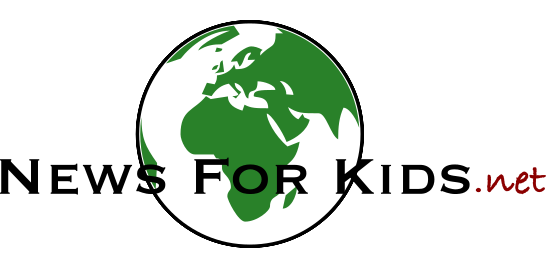Glasgow, Scotland —(Map)
On Saturday, people representing nearly 200 countries agreed to a new climate deal called the Glasgow Climate Pact. The deal shows more progress than many people expected, but it’s still not strong enough to avoid the worst effects of global warming.
Over the last two weeks, people representing 197 nations have been holding difficult talks at the United Nations’ (UN) climate meeting known as COP26 in Glasgow, Scotland. Getting 197 countries to agree to anything is an amazing step.
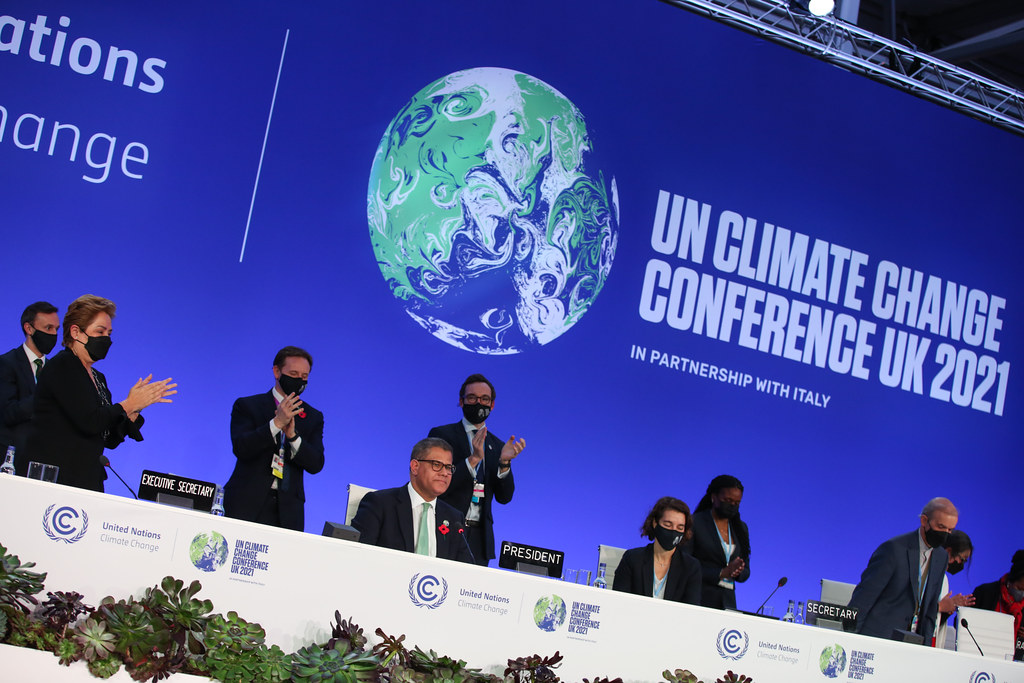
(Source: Kiara Worth [CC BY-NC-SA], UN Climate Change, via Flickr.com.)
Climate Crisis
Since people first began burning coal to run factories, the world’s temperature has gone up by 1.1 degrees Celsius (C)*. This increase has led to serious long-term changes in weather patterns that affect all life on Earth.
The world is getting hotter, mainly because humans are burning “fossil fuels” like coal, oil, and natural gas to make energy. These fuels give off pollution called “greenhouse gases” or “carbon emissions”, which make the climate emergency worse.
The effects of climate change can already be seen: melting ice in Antarctica and the Arctic, higher temperatures, heat waves, record dry periods, wildfires, record rains, and more strong hurricanes.
Scientists say the world must take strong action before 2030 to avoid the worst effects of the climate crisis.
Still, there are at least two ways to measure the success of the COP26 meeting. If it’s measured against past agreements and what people thought might happen, COP26 was a success. But if it’s measured against what is needed to keep global warming as low as possible, the meeting didn’t succeed.
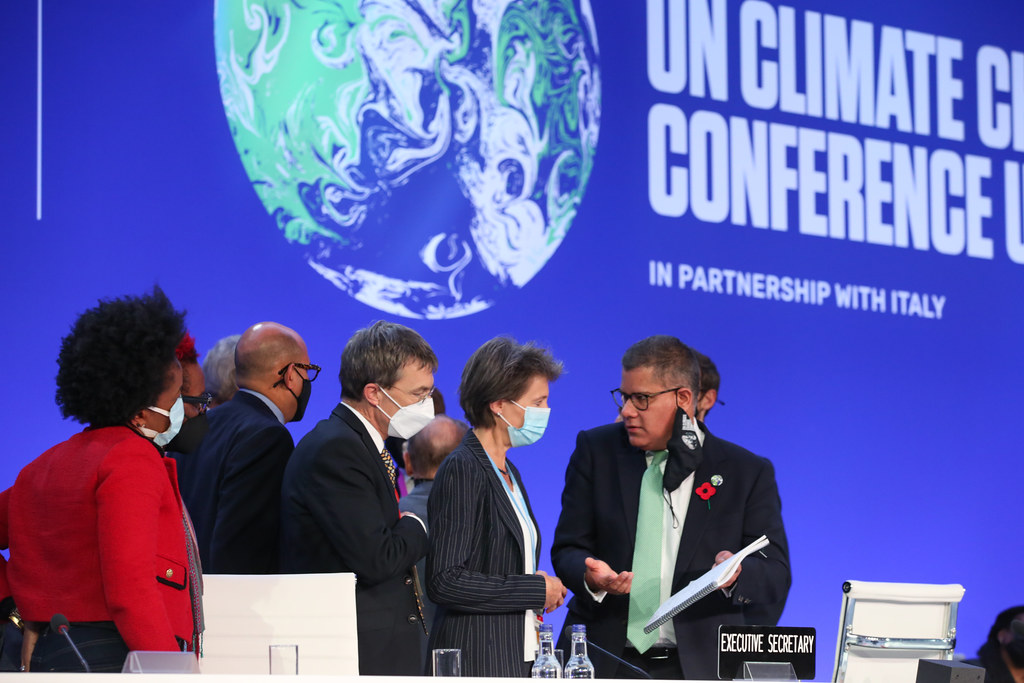
(Source: Kiara Worth [CC BY-NC-SA], UN Climate Change, via Flickr.com.)
One big step forward in the deal is an agreement to strongly lower fossil fuel and coal use. It’s the first time a UN agreement like this has mentioned coal, so that’s important progress.
But many people are upset because India and China fought to change the words of the agreement. Because of these two countries, the deal now talks about lowering coal use, rather than ending coal use completely.
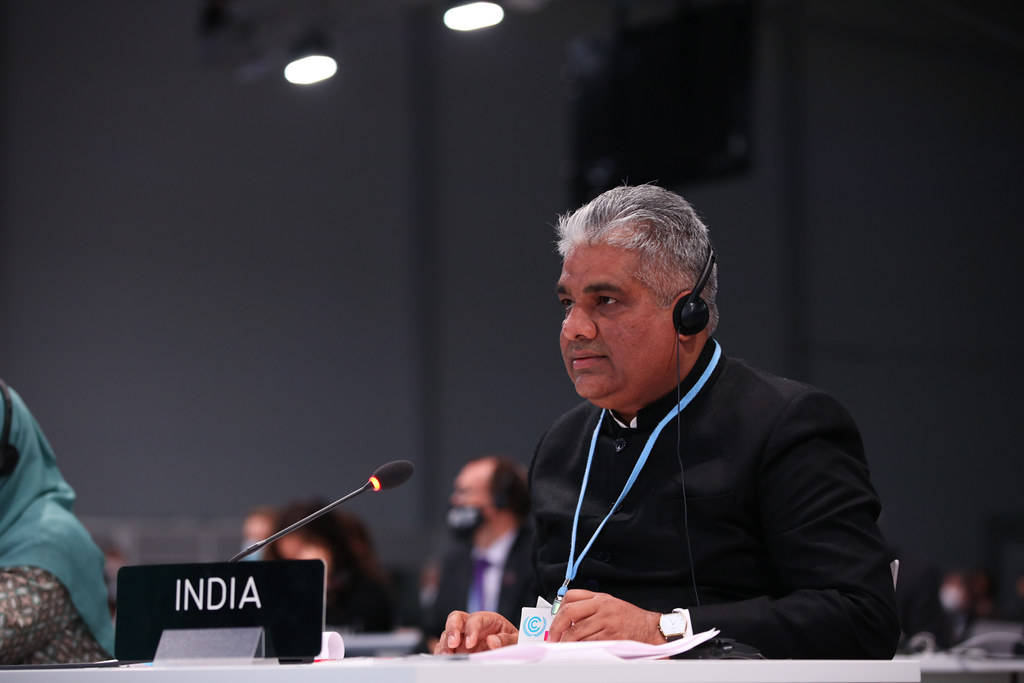
(Source: Kiara Worth [CC BY-NC-SA], UN Climate Change, via Flickr.com.)
The countries also reached an agreement about “carbon trading”. Carbon trading allows a country that’s polluting too much to buy “credits” from a country that’s cutting more pollution than it promised.
Some people don’t like the idea of carbon trading. They feel like it allows polluters to keep polluting. But the Glasgow Pact includes new, stricter rules for carbon trading. The new rules should prevent countries from making up their own carbon trading rules, which might not actually cut pollution.
Overall, the main goal of COP26 was to make sure the world still has a chance to limit global warming to 1.5ºC. The goal is still possible, but it will be difficult to reach.
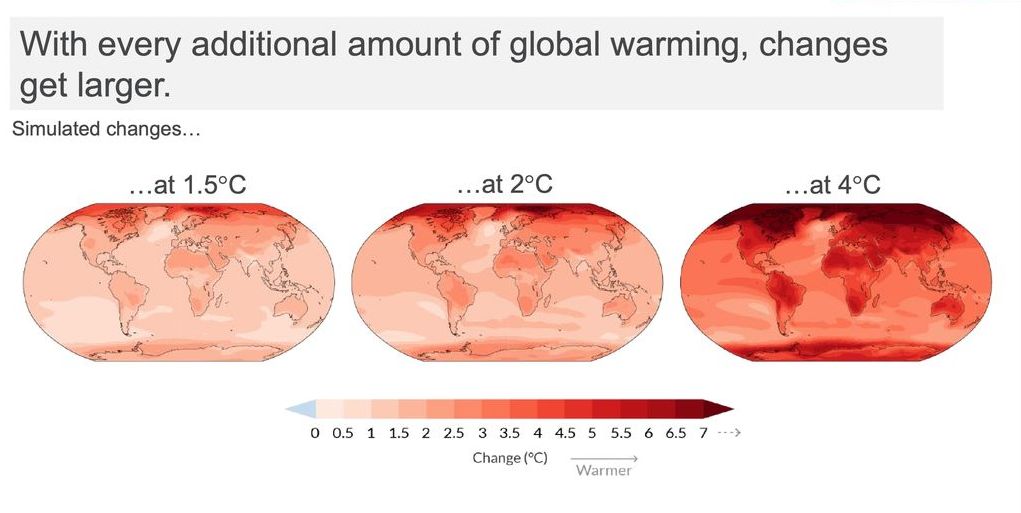
(Source: IPCC.)
Based on the promises countries made at COP26, the world’s temperature is still likely to rise between 1.8ºC and 2.4ºC. But the countries agreed to meet again next year with new, bolder plans for cutting emissions.
Many poorer countries see the meeting as a failure. In 2009, richer countries agreed to give developing countries $100 billion a year by 2020. The money was meant to help these countries adjust to climate change.
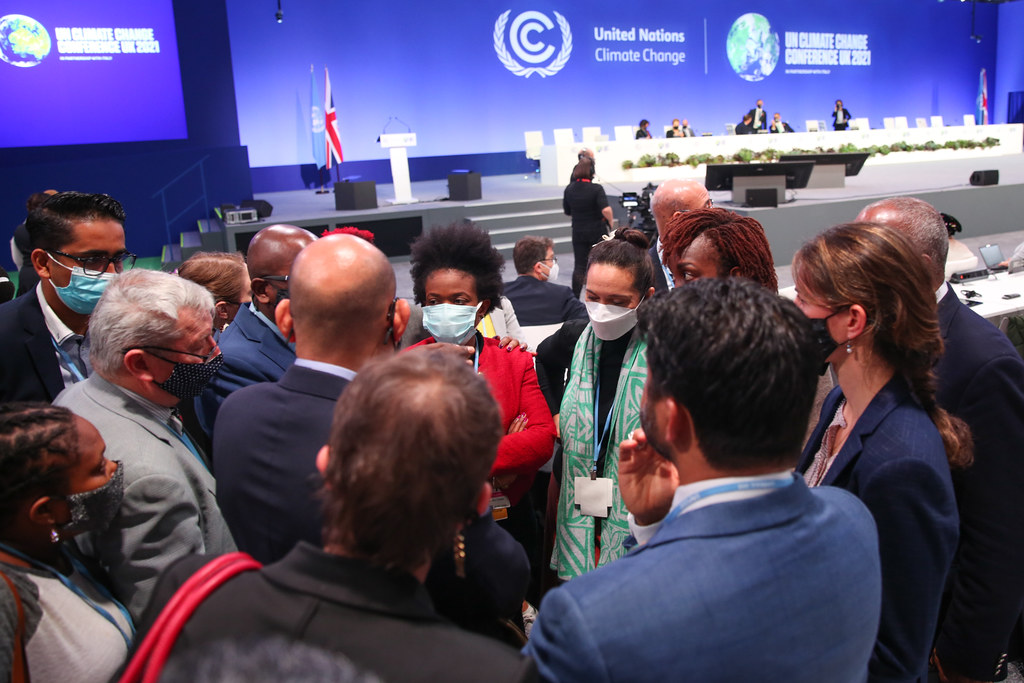
(Source: Kiara Worth [CC BY-NC-SA], UN Climate Change, via Flickr.com.)
The full amount still hasn’t been paid, and the Glasgow Pact mentions this. The new agreement also says that the amount should be doubled by 2025. But there’s no way to tell when or if the money will actually be paid.
Richer countries are responsible for most of the pollution that created the climate crisis. Poor countries will be most affected by it. Rich countries are still refusing to pay for the damage climate change has done to these countries.
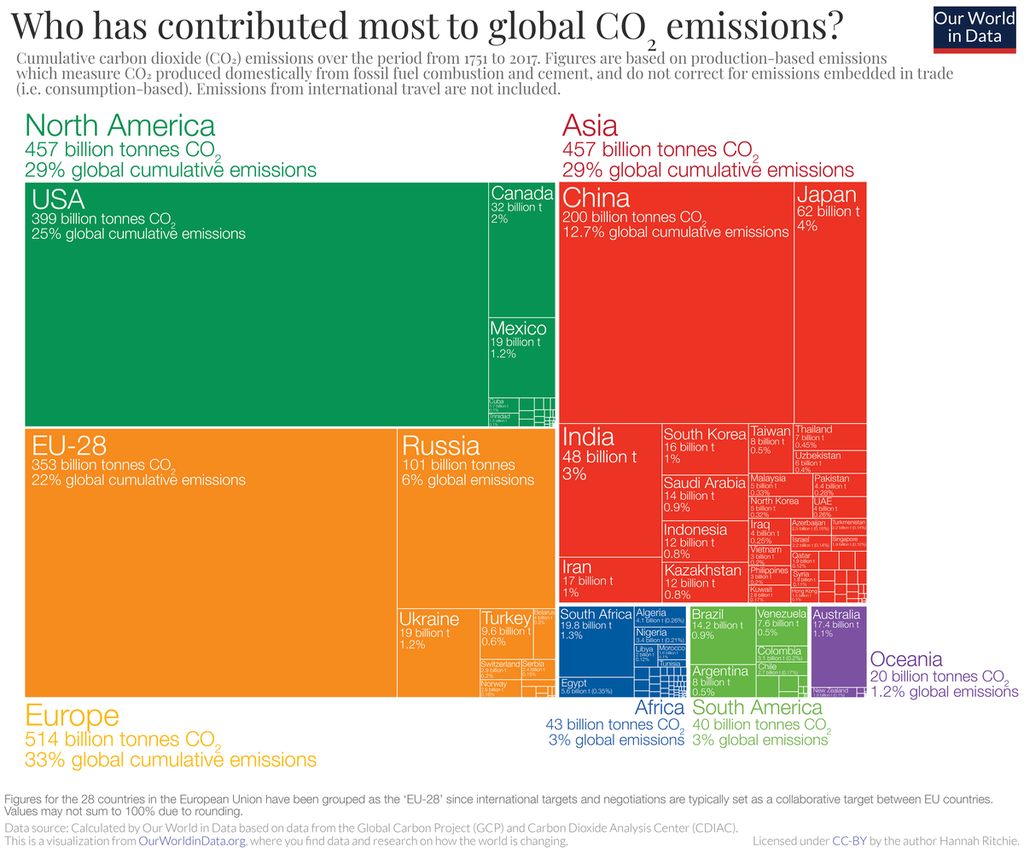
(Source: Hannah Ritchie [CC BY 4.0], Our World In Data.)
Like the 2015 Paris Agreement, the Glasgow Climate Pact isn’t perfect, but it is progress. And it helps point the way forward on climate action. It will be up to countries, companies, and people to take the action needed to limit global warming to below 1.5ºC.
* Climate change temperatures are measured against the time when humans started burning coal for power. This article talks about climate change using Celsius (C). Talking about climate change in Celsius is more common and it makes the changes easier to see and remember.
If you want to think about the temperature changes in Fahrenheit( F), you can use these figures: 1.1°C = 2.0°F, 1.5°C = 2.7°F, 1.8°C = 3.2°F, 2.4ºC = 4.3ºF.
😕
This map has not been loaded because of your cookie choices. To view the content, you can accept 'Non-necessary' cookies.
